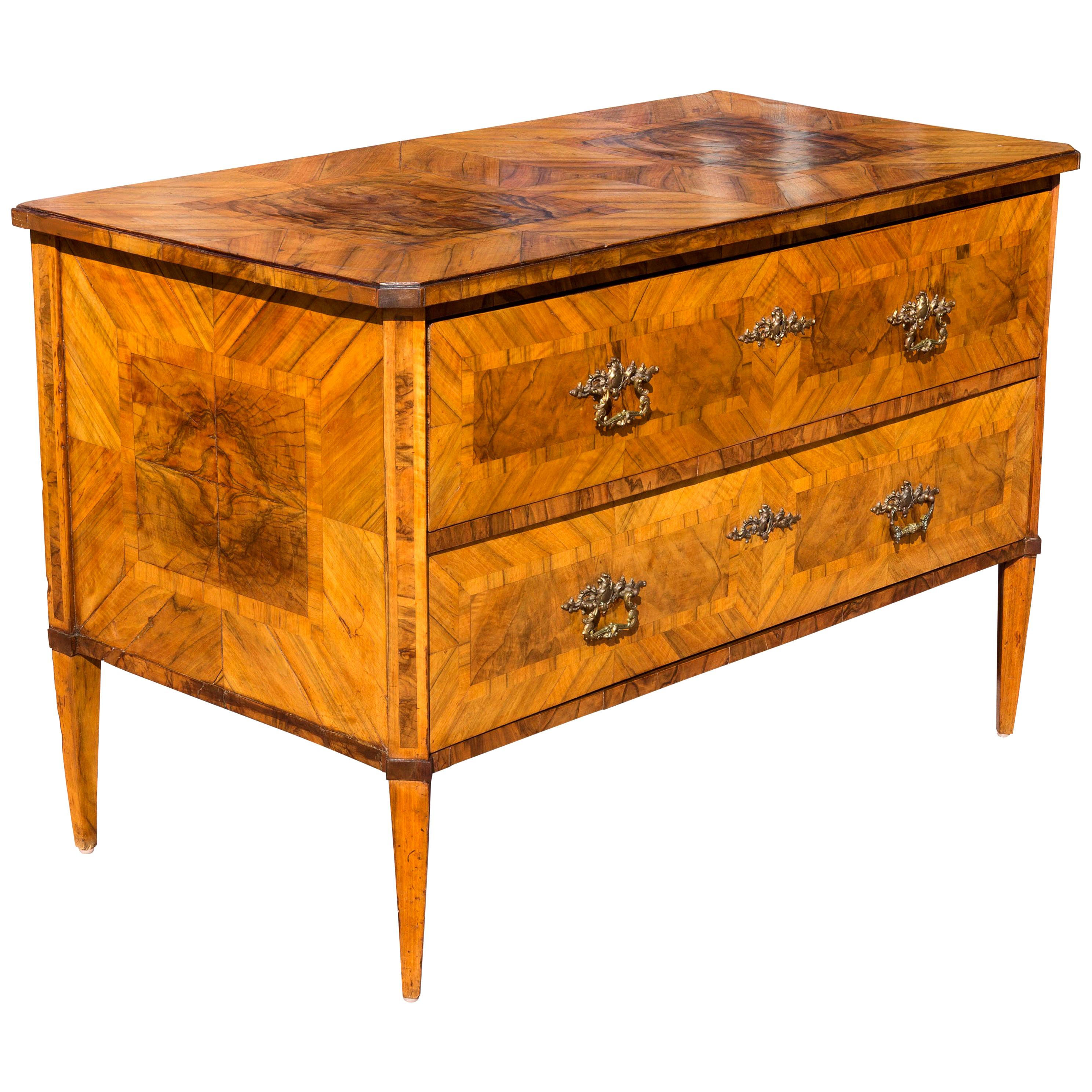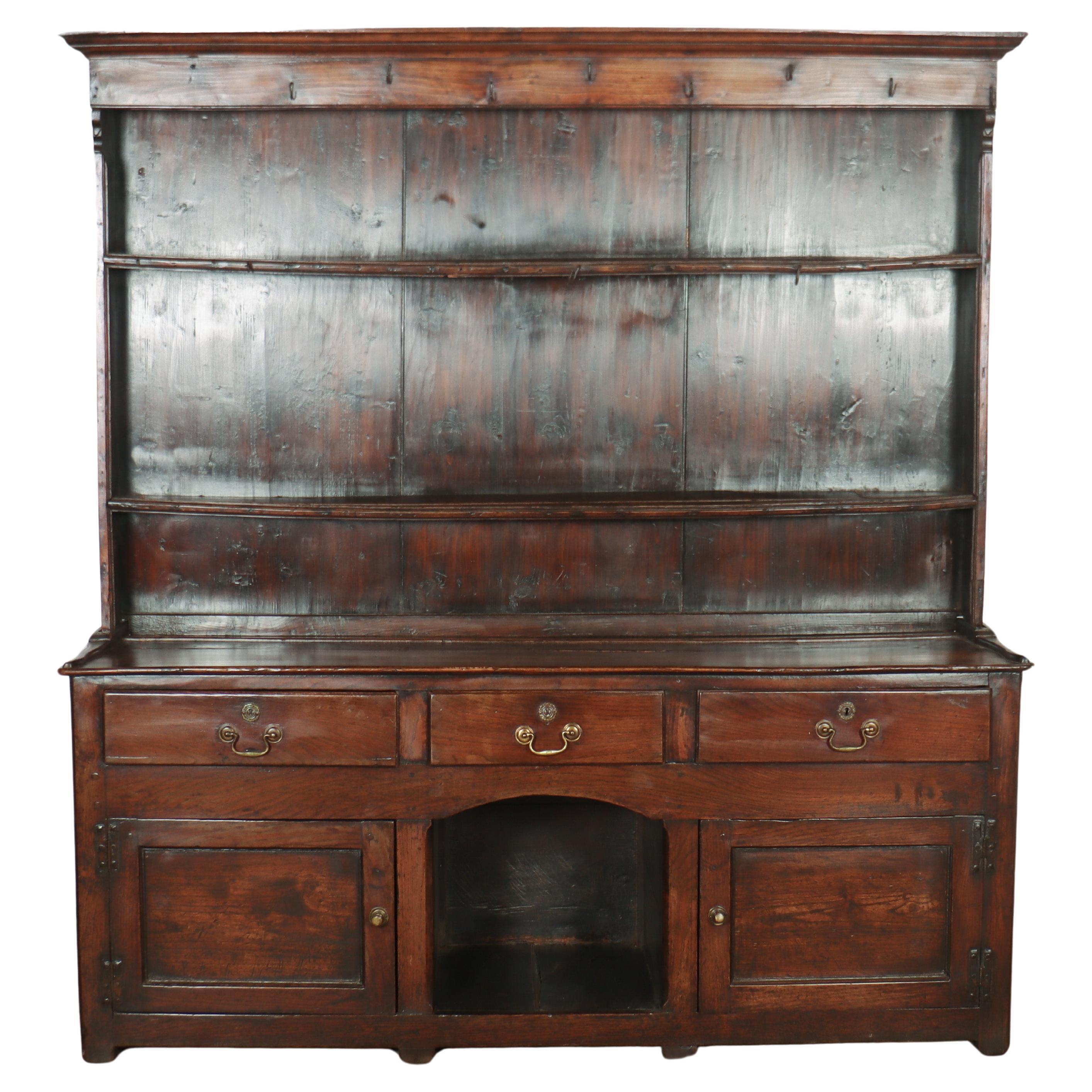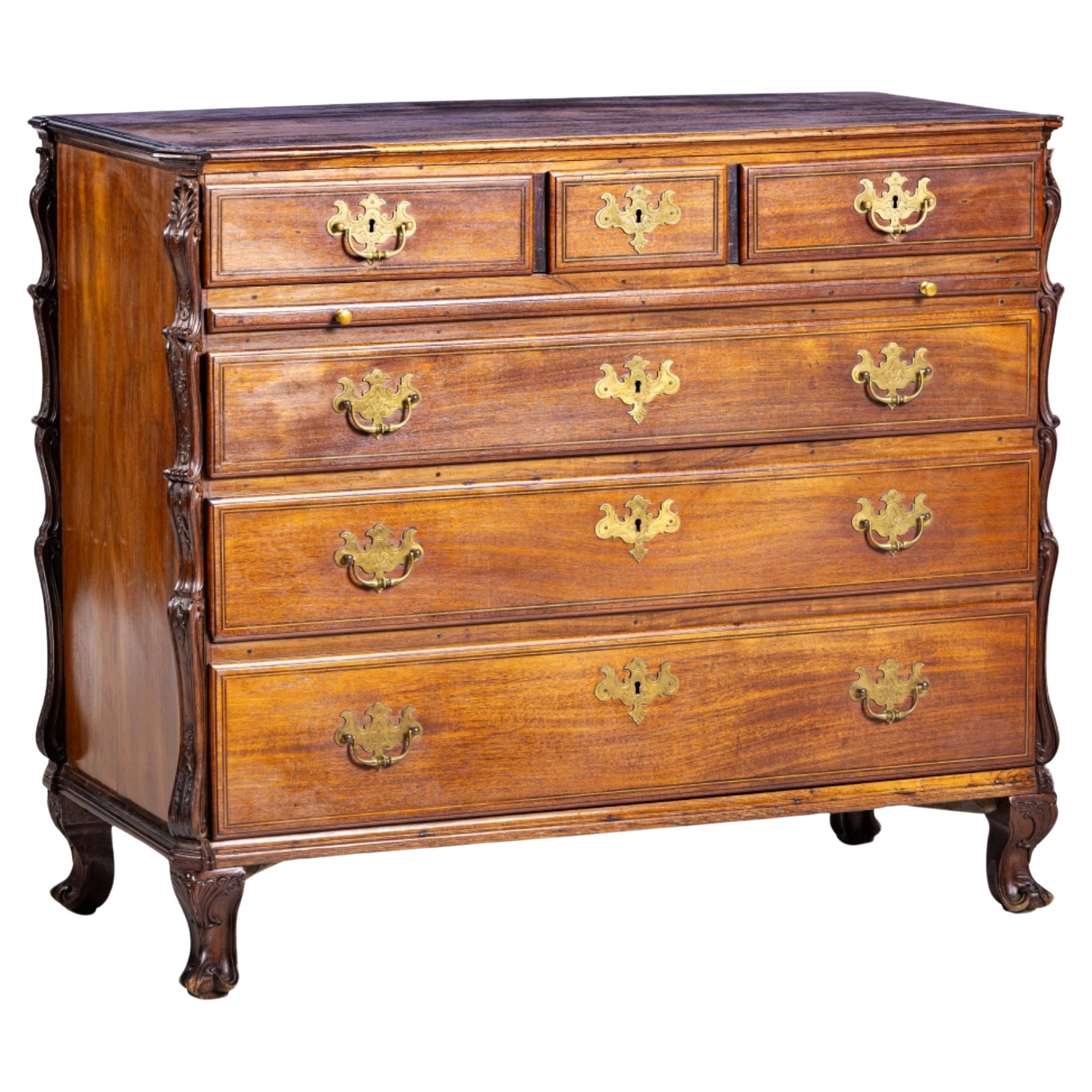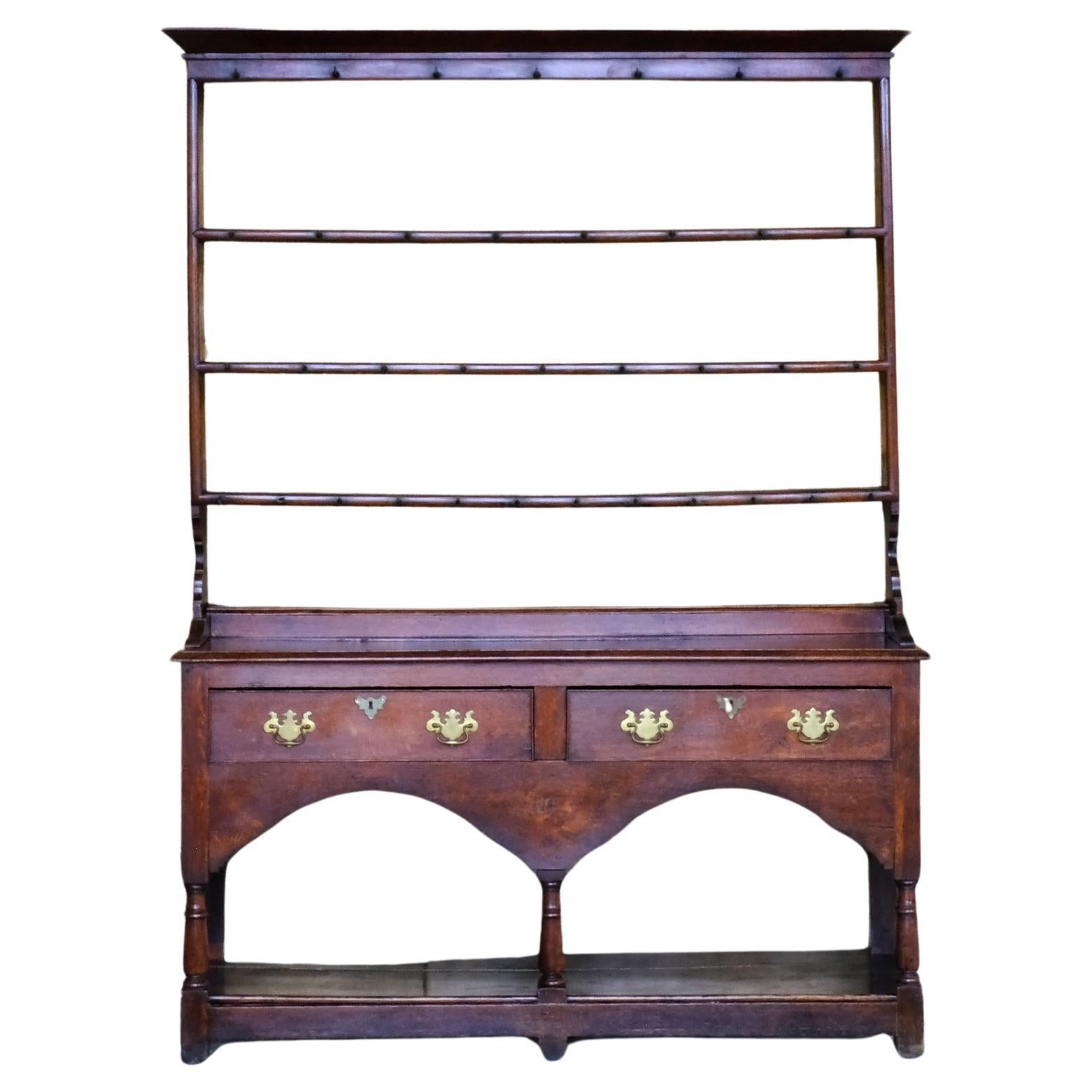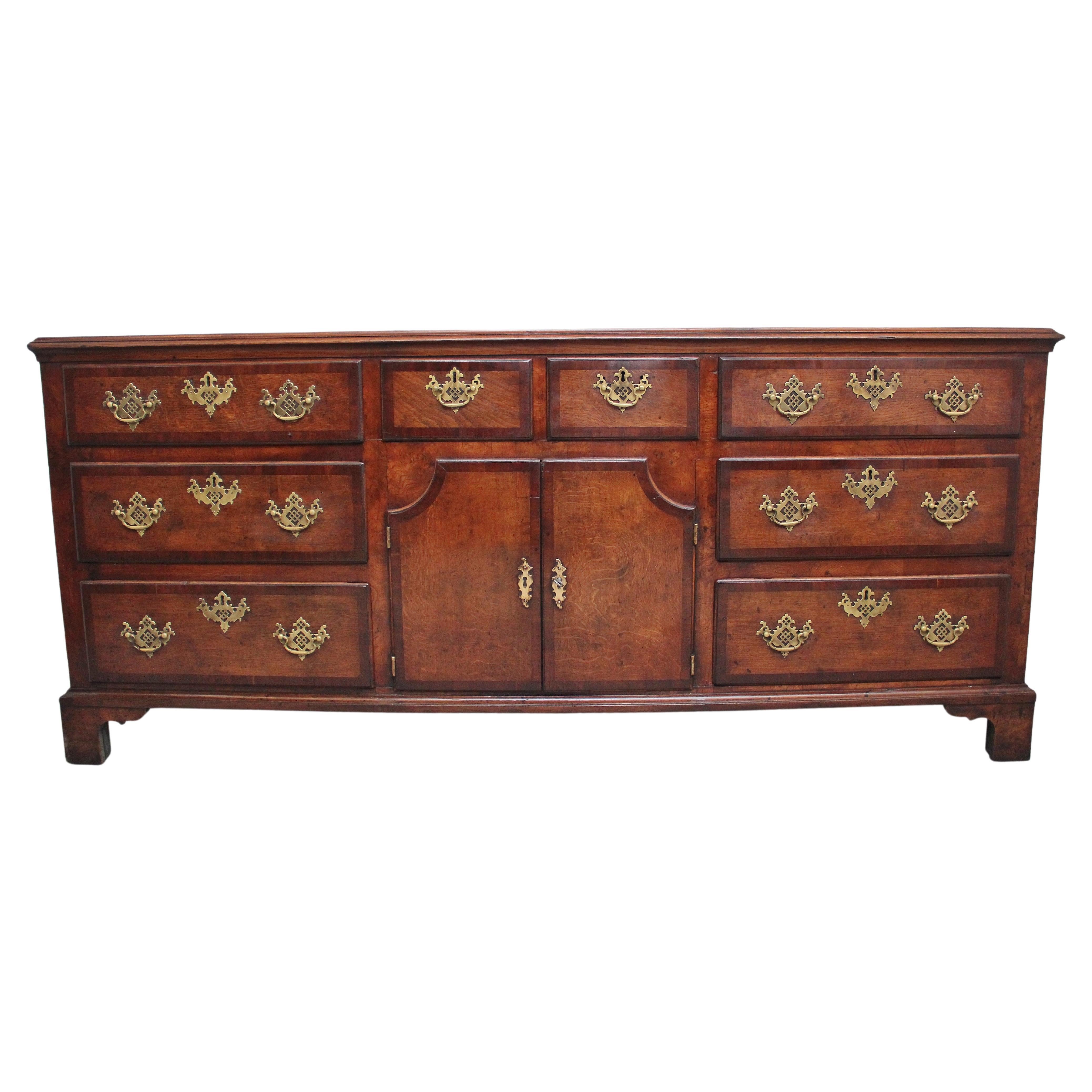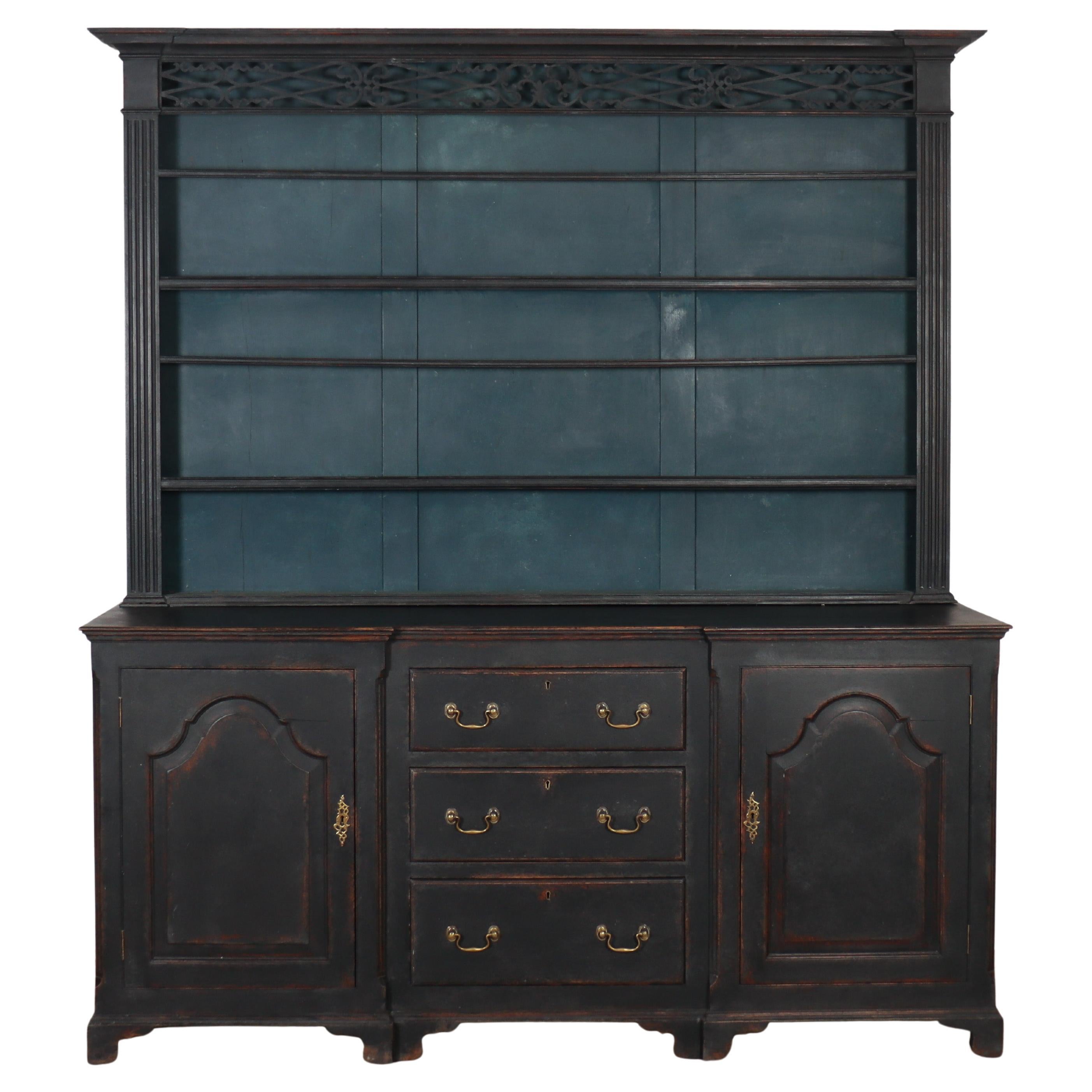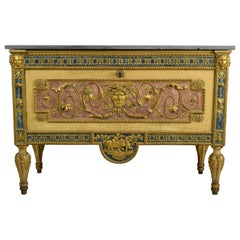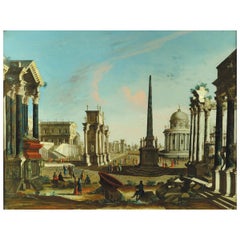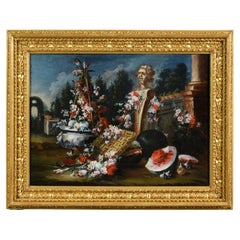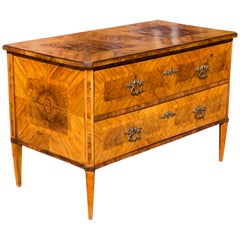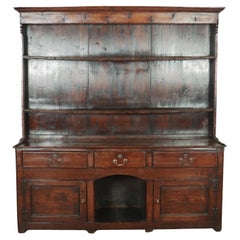
18th Century Italian Neoclassical Wood Dresser Attributed to Francesco Bolgiè
View Similar Items
Want more images or videos?
Request additional images or videos from the seller
1 of 21
18th Century Italian Neoclassical Wood Dresser Attributed to Francesco Bolgiè
About the Item
- Attributed to:Francesco Bolgié (Cabinetmaker)
- Dimensions:Height: 32.29 in (82 cm)Width: 52.76 in (134 cm)Depth: 23.23 in (59 cm)
- Style:Neoclassical (Of the Period)
- Materials and Techniques:
- Place of Origin:
- Period:
- Date of Manufacture:Late 18th Century
- Condition:
- Seller Location:IT
- Reference Number:1stDibs: LU4405218390942
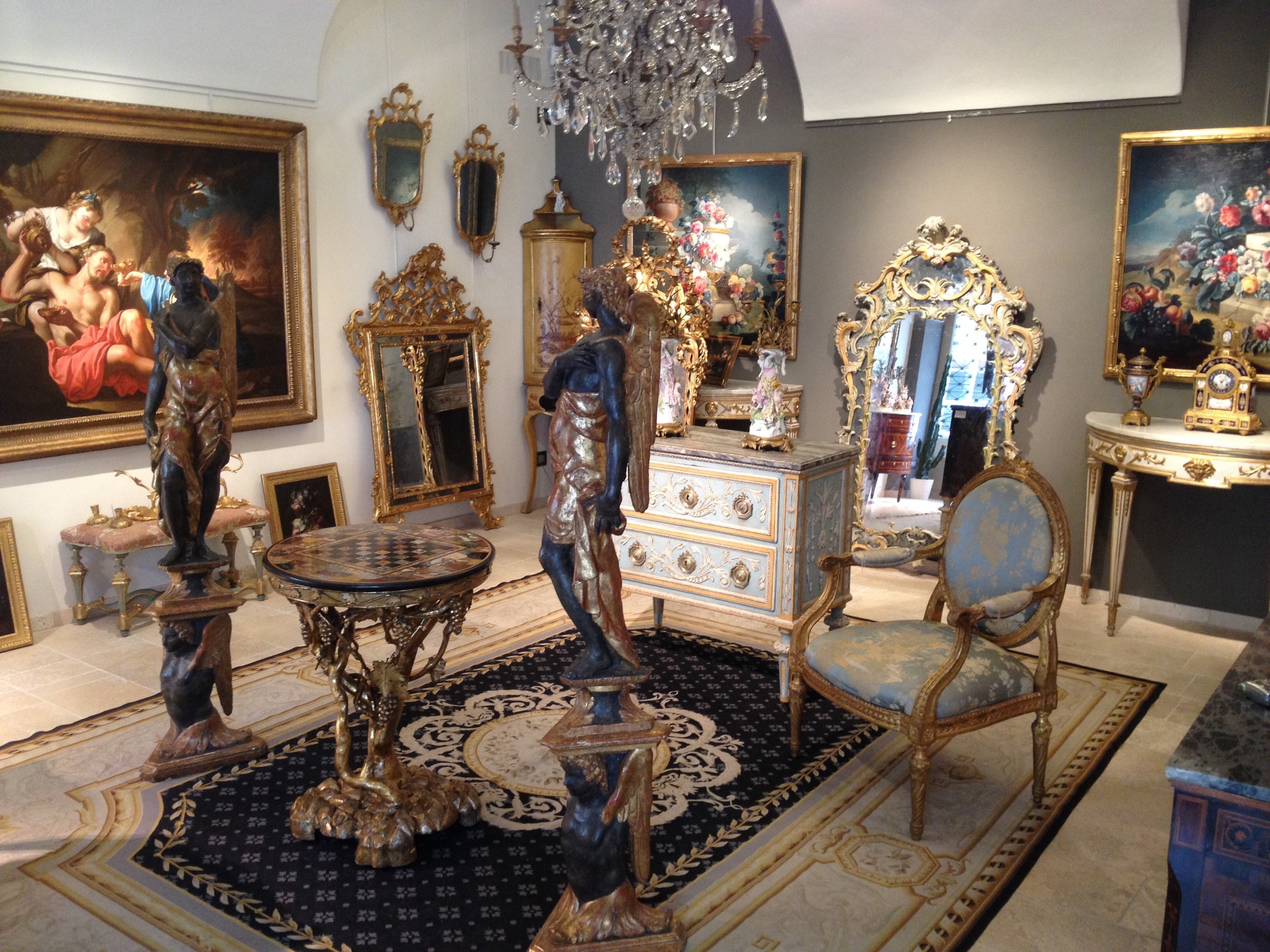
About the Seller
5.0
Gold Seller
These expertly vetted sellers are highly rated and consistently exceed customer expectations.
Established in 1980
1stDibs seller since 2019
40 sales on 1stDibs
Typical response time: 1 hour
More From This SellerView All
- 18th Century Italian Neoclassical Wood Dresser Attributed to Francesco BolgièBy Francesco BolgiéLocated in IT18th century Italian neoclassical carved, lacquered and gilded wood dresser attributed to Francesco Bolgiè (1752?-1834). The fine and elegant commode is made of finely carved, lacquered and gilded wood. It presents several stylistic and material elements characteristic of the wooden works and of the furniture present in the Piedmont area, between the end of the 18th century and the beginning of the 19th century. The richness of the ornaments, the gold leaf, the iconographic program and the significant level of cabinet making that characterizes this furniture are testimony of a wealthy client and the valuable work of a sculptor at the service of noble and royal families. Stylistically can be attributed to the famous italian sculptor Francesco Bolgiè (1752-1834). The front of the furniture and the two side are characterized by a complex decorative architecture. Two horizontal perimeter bands show gilded carved geometric patterns and palmettes on a blue lacquered backdrop. The low frame, in the centre and on the front, has a half-moon element inside which is finely carved a lion with two cupids and laurel branches. Near the corners, at the top, are carved a female faces, while at the bottom are some bees. The fretwork of the vertical bands draws strings that support a bunch of grapes with vine leaves. The side walls are lacquered in ochre yellow and, at the centre, a frame with acanthus leaves outlines a lacquered space in the tones of the ancient rose violaceous, with in the centre an ornate leaf with fine girali. On the four sides of this frame four large golden flowers harmonize the together. The front, similar in composition, has a yellow ochre background, internal frame with palmettes and four flowers. The large internal space, lacquered in antique pink, shows in the center a woman’s fece with a composition of grapes and wheat ears; from the face depart fine phytomorphic girals with racemes, bunches of grapes and vine leaves. The nozzle of the original lock, placed on the front of the cabinet and on top, is in gilded bronze, chiselled with ribbon motif. The front panel opens downwards. The interior of the cabinet, entirely lacquered in red, has a shelf and therefore two compartments. The red color cinnabar deliberately recalls the characteristic Chinese lacquer, at the time much loved for the decorations to cineseria furniture. The special folding lock system, which allows the opening and closing of the front door, is the original one. The commode rests on four conical wood legs witch are carved with acanthus leaves and small ramage, gilded and lacquered. The top of the furniture is in grey marble bardiglio valdieri, lithotype that had great success in Piedmont, in the north of Italy, since the middle of the 18th century. On it were usually exposed bronzes, candlesticks, watches and sculptures. The sculpted subjects refer to a precise iconographic programme. The female head is identifiable in Ceres, Mother Terra, which in classical iconography is depicted with the head surrounded by a sert of wheat ears and a cluster of grapes. Ceres or Demeter in Greek, sister of Zeus, in Greek mythology is the goddess of fertility, the guardian of crops, protector of agriculture and wheat, constant nurse of youth and of the green earth, author of the cycle of seasons, life and death, protector of marriage and sacred laws. The representation of Ceres, and its meaning, are linked to bees, symbol of virtue and chastity, allegory of Mother Earth, rebirth, mercy and justice. Just as the leaves of the vine and its fruits: in many cultures, from Greco-Roman to Christianity, the vine is a symbol of well-being, fruitfulness and blessing; it represents an abundant life and the joy that flows from it; it reflects the desire for fertility and beauty. It is also a sign of devotion to the fruits of the spirit and protection from evil. Fullness, wisdom, youth, maturation, prosperity are all images associated with the vine. Sacrifice, faith and good will are the qualities required for the vine to bear fruit. The inverted bezel shows the iconographic image of Amor Vincit...Category
Antique Late 18th Century Italian Neoclassical Dressers
MaterialsGiltwood, Wood
- 18th Century, Roman Architectural Capriccio Attributed to Francesco ChiarottiniLocated in ITFrancesco Chiarottini (1748-1796) Roman Architectural Capriccio Oil on glass, cm 52 x 67 without frame, 63.5 x 79cm with frame The valuable painting, attributed to the Italian p...Category
Antique Mid-18th Century Italian Neoclassical Paintings
MaterialsGlass
- 18th Century, Italian Still Life Painting Attributed to Francesco LavagnaBy Francesco LavagnaLocated in ITFrancesco Lavagna (Italy -Naples 1684-1724) "Still life with flowers and watermelon and hermas with garden in the background" The painting, beautifully made and in good condition, d...Category
Antique Early 18th Century Italian Baroque Paintings
MaterialsCanvas
- 18th Century, Italian Neoclassical Lacquered Wood ConsoleLocated in ITLate 18th Century, Italian Neoclassical Lacquered Wood Console This elegant console was made in the neoclassical era, in the second half of the eighteenth century in Milan, Italy. T...Category
Antique Late 18th Century Italian Neoclassical Console Tables
MaterialsWood
- 18th Century, Italian Neoclassical Inlay Wood Centre TableLocated in IT18th Century, Italian Neoclassical Inlay Wood Centre Table Measurements: cm W 56,5 x H 78 x D 46 (height of legs 63 cm) This refined coffee table was made in Lombardia region (Ital...Category
Antique Late 18th Century Italian Neoclassical Center Tables
MaterialsWood
- 18th Century, Italian Neoclassical Inlaid Wood Chest of DrawersLocated in IT18th century, Italian neoclassical inlaid wood chest of drawers This refined neoclassical chest of drawers was done around the end of the 18th century in Genoa (Italy). The cabinet ...Category
Antique Late 18th Century Italian Neoclassical Commodes and Chests of Dr...
MaterialsWood, Boxwood, Nutwood
You May Also Like
- 18th Century Welsh DresserLocated in Dublin 8, IE18th century Welsh potboard dresser of mixed oak, ash and painted pine with a pot board base. It features three central drawers with brass handl...Category
Antique Mid-18th Century Welsh Country Dressers
MaterialsBrass
- 18th Century German Neoclassical Walnut CommodeLocated in Rochester, NYGerman neoclassical two-drawer walnut veneered commode. Good old finish with rich color, circa 1790. Original hand forged locks. Drawers slide nicely.Category
Antique 18th Century German Neoclassical Commodes and Chests of Drawers
MaterialsWood, Walnut
- 18th Century Welsh DresserLocated in Leamington Spa, WarwickshireWonderful little 18th C oak and pine Welsh dresser. 1780. Reference: 8266 Dimensions 69.5 inches (177 cms) Wide 18 inches (46 cms) Deep 73 inches (185 cms) HighCategory
Antique 18th Century Welsh Dressers
MaterialsOak, Pine
- 18th Century Portuguese DresserBy Europa AntiquesLocated in Madrid, ES18th Century Portuguese Dresser in vignette wood, Brazilian rosewood frames and satinwood inlays. With 3 drawers, 3 drawers and drying rack. Wavy and scalloped top, decorated with a...Category
Antique 18th Century Portuguese Renaissance Dressers
MaterialsWood
$2,904 Sale Price20% Off - 18th Century Oak DresserLocated in Kettering, GBAn 18th century dresser in a beautiful rich oak, with open plate shelves over a two drawer base with a twin arched apron on turned legs with a boarded lower shelf. Various hooks alon...Category
Antique 18th Century British Dressers
MaterialsOak
$2,834 - Large 18th Century Oak DresserLocated in Martlesham, GB18th century oak dresser, the moulded crossbanded top above a selection of eight graduated drawers with crossbanded drawer fronts and pierced brass fret handles and escutcheons, two ...Category
Antique 1770s British Georgian Dressers
MaterialsOak
Recently Viewed
View AllMore Ways To Browse
Dresser With X
Vintage Dresser Top
All Dressers
Vintage Dovetail Drawers
Mid Century Modern Wood Dresser
Walnut Bedroom Furniture 1960
Vintage Dresser Styles
Beautiful Vintage Dresser
High Vintage Cabinets
Tall Retro Storage Cabinet
Mid Century Brass Dresser
Dresser Solid
Antique Dresser Drawers
American Midcentury Modern Cabinet
1960s Midcentury Dresser
George Nelson Mid Century
Brown Antique Dresser
Mid Century Tall Storage


